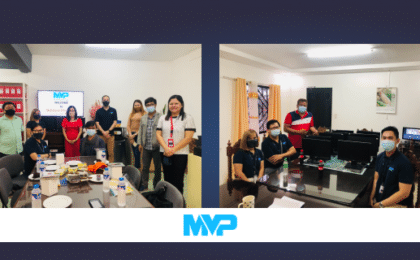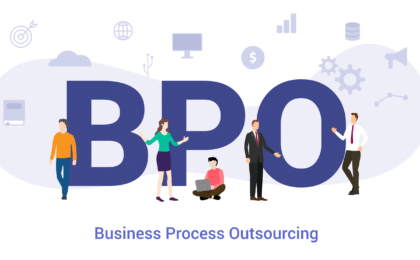5 Tips to Begin Your Offshoring Journey
| November 19, 2020
Globalisation, the age of technology and increasing pressure to reduce costs has given rise to the future of offshoring. Offshoring models are now maturing and moving away from a focus on pure cost savings to recognise other benefits such as increased efficiency, flexibility and access to a more diverse range of skills. The idea of offshoring in a different country requires a huge shift in the way you do business, however, the benefits of offshoring are undeniable.
If you’re looking to offshore some of your business processes, but you’re not sure how to get started, here are five tips and practices to begin your offshoring journey with MVP.
1. Develop a Plan
Consider some of the processes within your business that you could start offshoring. By naming a few services, to begin with, you can work at gradually reducing the workload within your business. Within this plan, you could also focus on rolling out new services that you could introduce to the offshoring business process. Having an extended plan for your offshoring services will help you gain a successful long-term strategy for the future of your business.
2. Consider the Costs
Take into account all of the possible costs associated with conducting elements of your business overseas. Consider the cost of managing your contracts, teams and the costs of your software and hardware. Despite these additional costs, offshoring can often save up to 60% of the cost of domestic labour.
3. Identify and Manage Risk
Though offshoring has proven to be an effective management tool, it does bring significant risks that must be recognised and managed. If not properly managed, offshoring functions may adversely affect operations. Your company must carefully select, qualify and manage their offshoring partners to ensure both product and service quality are enhanced, or at least do not deteriorate. Start by assuming that your offshore service providers won’t be able to execute your business processes as well as your in-house employees. Until service providers move up to the learning curve, they will make errors and execute tasks more slowly than your employees do. Adequate transition periods and effective cross-training between companies will ensure the level of risk is mitigated.
4. Introduce a Proven Model
It’s never a bad idea to consider talking to another business that has leveraged offshoring for their company. By considering an organisation that commonly works in the area that you’re looking into, you can learn more about their offshoring process and what might or might not work in your specific situation.
5. Book a Consultation
MVP offers consultations with all prospective offshoring clients. Talk to our team today by submitting an enquiry form on our website to find out more information. Start your offshoring process on the right foot with a team of experts who are proven and backed with years of solid experience.

























































